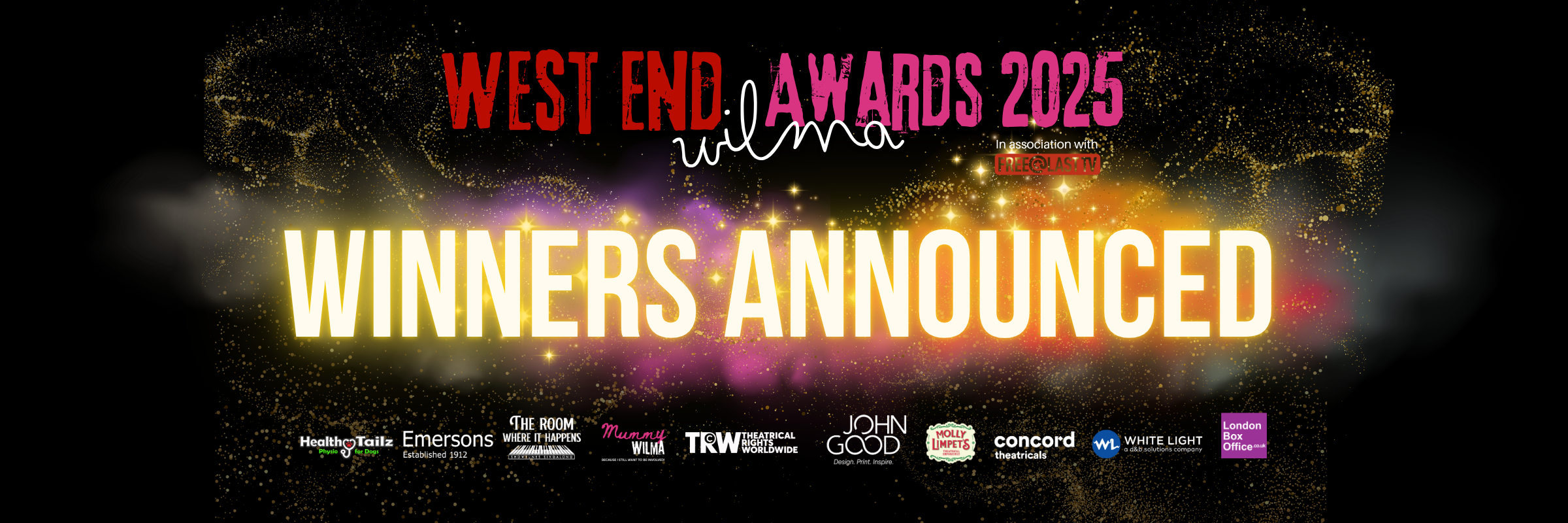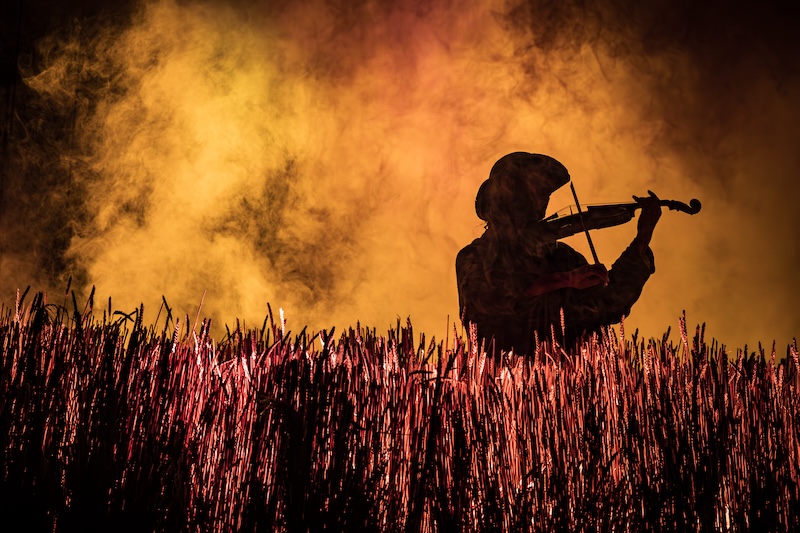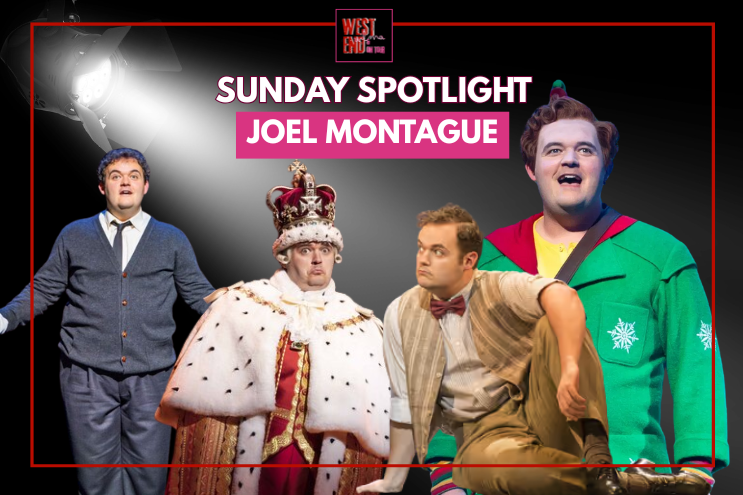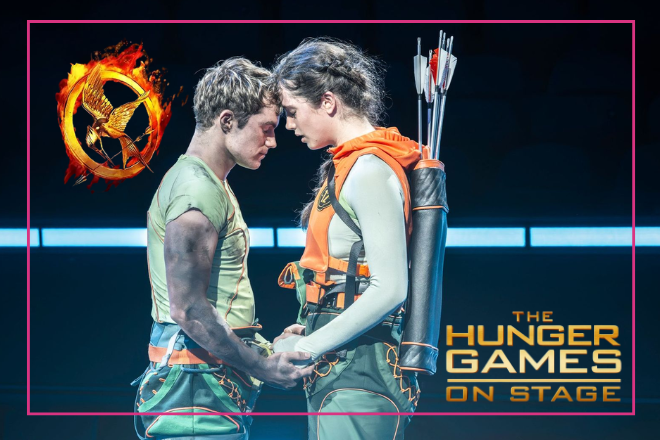REVIEW: Fiddler on the Roof at the Barbican Theatre ★★★★★
Tradition. The word reverberates from every corner of the Barbican Theatre, as the opening number of Fiddler on the Roof leaves the audience completely enraptured from the get-go. And with that, the idea of tradition, and the ability to meld old and new, is the prominent theme throughout the story, written by Joseph Stein in the early 60s.
First performed at Regent’s Park Open Air Theatre in 2024, and recently transferred to the Barbican Theatre, this production of the widely-loved story of a poor Jewish family, and community, in the small village of Anatevka, takes us on a journey of faith, change, discrimination, and, of course, tradition.
Tevye (Adam Dannheisser), a milkman from Anatevka, lives with his wife, Golde (Laura Pulver), and his five girls, including Tzeitel, Hodel and Chava. Tevye must navigate various relationship challenges, as his daughters explore the next stages of their lives.
Tzeitel wants to marry a man other than the one her father has agreed on, whilst Hodel falls in love with a forward-thinking stranger, and Chava does the unthinkable – loves someone outside the faith.
Their story is accompanied by a live fiddle player, sometimes standing atop the straw-covered roof, and also performing alongside the cast as an integral part of the staging.
The power of the voices in the cast is immeasurable – even in the Open Air Theatre, with the additional bird-noises and gentle breeze, the sound created was impressive, but within the hallowed walls of the Barbican, those notes transcended regular musical theatre, and transformed into a magical, almost other-worldly experience. With famous numbers including Tradition, Matchmaker, and If I Were A Rich Man, the theatre floor was vibrating at times with toe-tapping, hand clapping, and excited cheering.
Similarly to last year’s production, set designer Tim Blazdell blends simplicity with necessity, and even though the set is relatively minimalist, you’re transported to the Ukrainian countryside in every scene. The costume design (Lucy Martin), along with the cultural advice of Rabbi Rose Prevezer, ensures that traditional Jewish roots are visible throughout the production.
It’s impossible to discuss this production without focusing somewhat on the choreography of Julia Cheng, with the Bottle Dance being an audience favourite. The technicality of the movements throughout the show are also testament to the focus on tradition versus modernity.
The Barbican lent itself perfectly for the eerie lighting display on offer, with actors often in half shadow, or dim light, potentially showcasing their own personal plight within the story. From the beautiful melody of the Fiddler’s own instrument, to the foot-stomping nature of the first number, Tradition, each sound was intentional, and added clear and obvious purpose throughout.
Lara Pulver (MobLand, The Split) perfected the balance between devoted wife and mother, and hardened woman, having fought for everything she has. Adam Dannheisser’s (Beetlejuice, Oslo) comedic timing made him the perfect Tevye, as he follows in (film actor) Topol’s footsteps – he isn’t a Tevye that will be forgotten any time soon. He will certainly go down as one of the greats to play this role.
There was a beauty in Fiddler on the Roof opening at Regent’s Park Open Air Theatre, and feeling immersed in the same outside-life as those being portrayed on stage. And there’s a different sort of perfection when the famed story takes place on the Barbican stage.
It is truly impossible to pick which version is better, because both are utterly wonderful. It’s wildly obvious why Fiddler on the Roof received 13 Olivier nominations, and scooped three wins this year.
Don’t miss seeing this on stage – the eight week run ends on 19th July 2025.
Get tickets to Fiddler On The Roof
Reviewed by Luisa Gottardo






